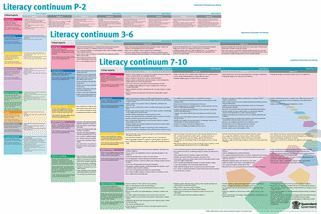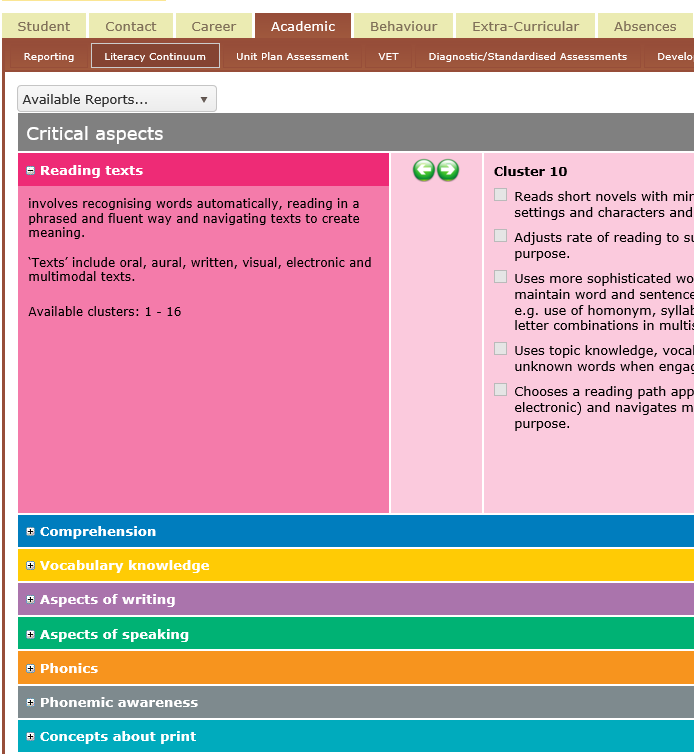When students are monitored regularly and targeted teaching is planned and implemented in a timely manner, fewer students succumb to the Matthew Effect (Rigney, 2010) whereby the gap between struggling learners and their year level peers widens rapidly and, with each passing year, is more difficult to close.
While good readers gain new skills very rapidly, and quickly move from learning to read to reading to learn, poor readers become increasingly frustrated with the act of reading, and try to avoid reading where possible (Rigney, 2010).
Monitoring student literacy progress against agreed expectations is central to targeted teaching (Goss, Hunter, Romanes and Parsonage, 2015).
The purpose of monitoring is to provide information about student learning. This information can be used by teachers to evaluate their teaching. It can also be used by students to assess their own progress. Monitoring is the general word that describes the specific ways you plan to pay attention to, and track, your students’ progress (Department of Education and Training, 2015).
Alignment of assessment, pedagogy, curriculum and literacy in the classroom is the most proactive approach to acknowledging the diverse learning needs of students and improving teacher practice and student outcomes. Continuous monitoring of students’ ability to apply literacy understanding and skills in the curriculum supports teachers in reflecting on what’s working and what isn’t. This enables them to either maintain or alter current teaching practices to ensure students are achieving at the standard expected of them in classroom tasks and assessment.
The P-10 Literacy continuum and Early Start are tools for helping teachers to monitor literacy progress.
The P–10 Literacy continuum ‘identifies the literacy skills and understandings regarded as critical to literacy success. It maps how critical aspects develop through the years of schooling by describing key markers of expected student progress’ (NSW Department of Education and Communities, 2010). By mapping students’ current abilities on the continuum, teachers are better able to meet students’ literacy learning needs and plan for longer-term progress through intentional instruction against year level expectations.
Early Start is a suite of literacy materials for use across the early years of schooling:
- on Entry to Prep
- end of Prep
- Year 1
- Year 2
Schools and teachers can use Early Start to generate purposeful data about literacy achievement, track progress and measure growth for Prep to Year 2 students.
Resources:
Continuum can be found also in OneSchool


